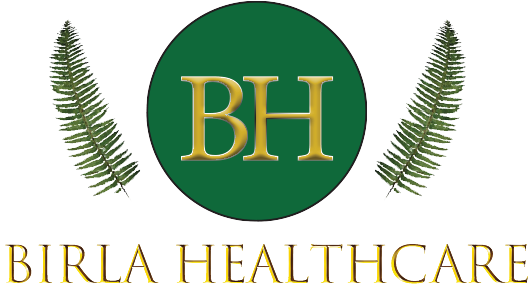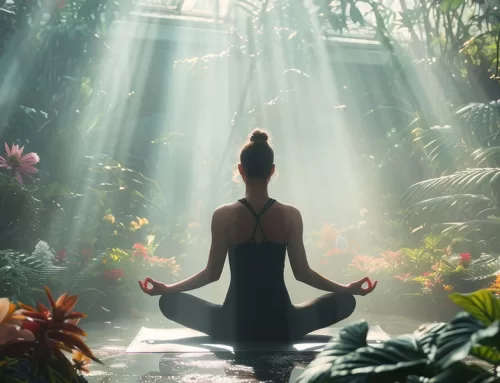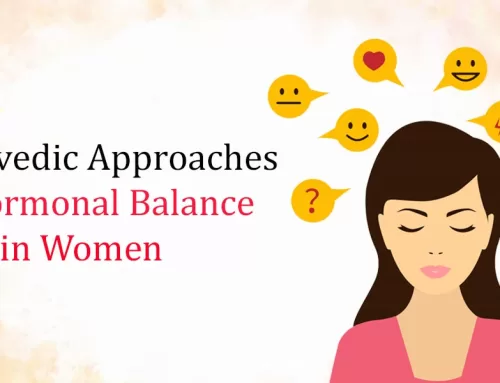Headaches are one of the most prevalent health issues that people face on a daily basis. The most common types of headaches experienced by people include migraines, tension headaches, sinus headaches, and cluster headaches. It can result from a variety of factors, including stress, anxiety, and lack of sleep.
Despite the various causes, headaches can be treated naturally if we know to temporarily change our normal breathing pattern. These modified breathing techniques are known as Pranayamas in yoga.
If you frequently get headaches, practising Pranayama can be a big help to you. Studies have shown that yoga helps treat a wide range of chronic illnesses. Yash Birla, who is a pioneer in the health and fitness industry, says that yoga can do wonders for your body. He practices Pranayama every day. Pranayamas suppress stress hormones, which prevent disorders like headaches.
How Pranayama Relieves Headache
The goal of Pranayama is to rectify our incorrect breathing patterns through the use of a range of breathing practises. Correct natural breathing helps us avoid numerous headache-causing factors. Yash Birla believes that Pranayama for headaches and migraine is one of the best solutions.
The following examples demonstrate the significance of Pranayama in treating headaches:
- Most Pranayama breathing techniques work best in conjunction with deep breathing exercises. In order to relieve the excessive tension in other accessory muscles, we might simulate deep breathing in our regular breathing (neck & upper chest). A tension headache is relieved by this Pranayama technique.
- A headache can occur as a result of a curved spine and contraction of abdominal muscles while sitting in a chair for extended periods of time. It aggravates muscular tension. The practices of Pranayama also include the alignment of the body’s postural components, particularly the spine. This headache-causing factor can be alleviated during a Pranayama session by adjusting our posture.
- Pranayama helps to balance the left and right lobes of the brain in migraine cases. Particular parts of the face and eyes experience less pain as a result. To balance the oxygen levels in both lobes, these Pranayama techniques allow one to breathe through a different nostril.
- Pranayama promotes the flow of oxygen-rich blood to the brain. This satisfies the tissues’ requirement for nutrients and water (dehydration is one of the causes of headaches).
3 Pranayama for Headaches and Migraine
Specific Pranayamas can help you breathe (or, more accurately, Prana, the life force) into specific body parts when you’re experiencing a headache. 5 Pranas, or the essential life force, when directed to particular regions through Pranayama, reduce the tension & enhances blood circulation in these areas.
Here are 3 Pranayamas for headaches and migraine that may relieve your headache symptoms and balance your physical, mental, and emotional states.
- Anulom Vilom Pranayama
Any obstructions in the Nadis (energy channels) that are causing migraine headaches are released by this Pranayama.
Directions:
- Choose any cross-legged sitting position, such as the easy pose or lotus pose, and sit comfortably on the floor. Take three full breaths while lengthening your spine and rolling your shoulders back to widen your chest.
- Place the left hand on the kneecap while making the Vishnu mudra (bend the index and middle fingers and leave the other three fingers unbent) with the right hand.
- Begin breathing now by closing your right nostril with your thumb and taking a few deep breaths through your left nostril. After taking a full breath in, close your left nostril with your ring and little finger and take a deep breath out of your right nose.
- Repeat the process as described in step 3 but this time start with the right nostril.
Do 10–12 rounds of the Anulom Vilom Pranayama.
For one round of Anulom Vilom = Inhale left + exhale right + inhale right + exhale left.
After doing 10–12 rounds of Anulom Vilom, let your body relax.
- Bhramari Pranayama
Your body and mind will relax with this Pranayama. It’s particularly helpful when the headache is a result of working in a stressful atmosphere where anxiety is pervasive.
- Before beginning to breathe, take a seat comfortably on the floor and let your body relax.
- With the help of your thumbs and forefingers, close your eyes and ears.
- Now take a deep breath in through your nose and let it out while vibrating your throat to produce the sound of “Hmmmm.”
- Feel the sound in every part of your body.
- Drop your hand gradually and start breathing normally again.
You will see a decrease in headache pain after performing 10–12 rounds of this breathing.
- Bhastrika Pranayama
Even though Bhastrika Pranayama involves rapid breathing, it nevertheless helps with headaches when they are brought on by digestive issues.
- Cross your legs in a yoga asana like Padmasana or Sukhasana.
- Put your hands on your knees. Allow yourself to unwind and get ready to breathe.
- Inhale deeply, exhale with a stroke, and then inhale rapidly. Move your abdominal wall quickly in and out with each inhalation and exhalation.
- After one minute of this kind of breathing, progressively resume your regular breathing rhythm.
Simply take a Savasana position on your mat after completing this breathing exercise and let the abdominal wall move naturally for a few minutes.








Leave A Comment